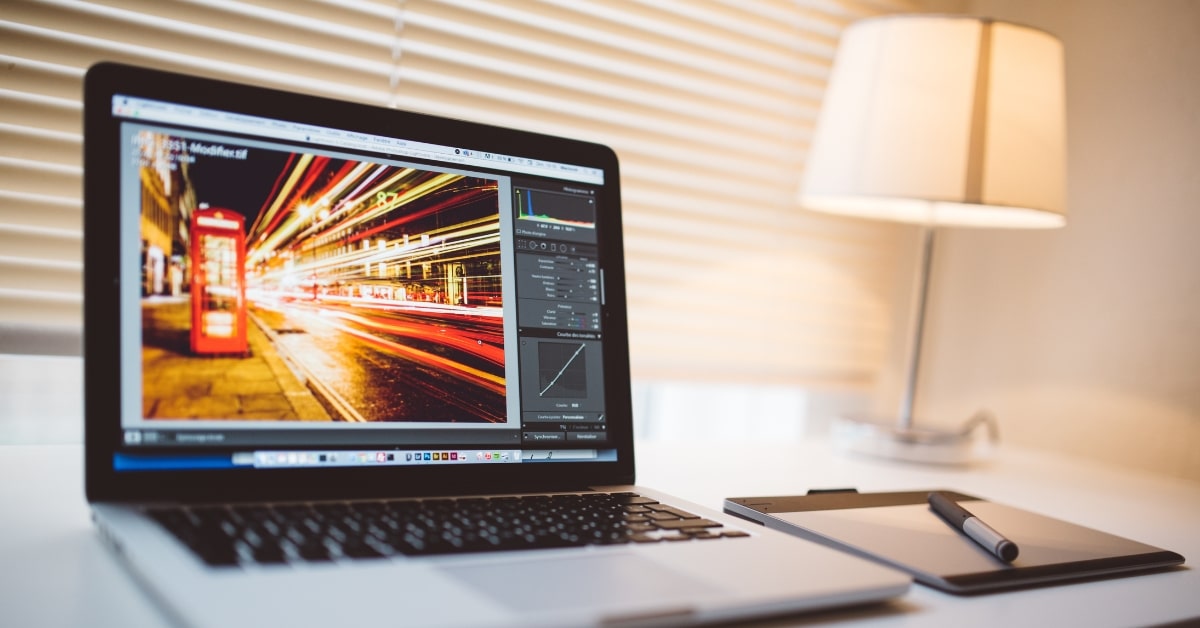Adobe Lightroom is a versatile and powerful tool for photographers and photo editors. It offers a wide array of features and tools for retouching and enhancing your photos. In this comprehensive guide, we will delve into the world of Lightroom retouching, exploring the fundamental techniques, advanced tips, and a step-by-step workflow to help you achieve professional-level results.
Why Choose Lightroom for Retouching?
Lightroom is a popular choice for photographers due to its non-destructive editing, user-friendly interface, and efficient organization of images. It is ideal for retouching, managing, and enhancing photos.
Essential Tools for Lightroom Retouching
- Lightroom Software: Ensure you have Adobe Lightroom installed on your computer.
- High-Quality RAW Images: Lightroom works exceptionally well with high-resolution RAW files.
- Understanding the Develop Module: Familiarize yourself with the Develop module where most retouching takes place.
Basic Lightroom Retouching Techniques
- Exposure Sliders: Use the exposure, contrast, and highlights sliders to correct and enhance overall image brightness and contrast.
- White Balance: Adjust the white balance for accurate color representation.
- Crop Tool: Crop your images to improve composition and remove distractions.
- Guides and Overlays: Use rule-of-thirds grids and other overlays to assist in composition.
- Spot Removal Tool: Erase small imperfections, spots, and blemishes from your images.
- Red Eye Correction: Easily correct red-eye in portraits.
Advanced Tips for Effective Lightroom Retouching
- Graduated Filters: Apply graduated filters for selective exposure adjustments, perfect for enhancing skies.
- Color Grading: Use graduated filters for creative color grading and tonal adjustments.
- Radial Filters: Apply radial filters for precise vignettes or selective adjustments around a central subject.
- Highlight Enhancements: Enhance specific subjects or elements within an image.
- Local Adjustment Brush: Paint adjustments onto specific areas of your image, enabling detailed retouching.
- Fine Detail Enhancements: Perfect for enhancing fine details such as hair or intricate subjects.
Workflow: Step-by-Step Retouching Process
- Import Images: Import your images into Lightroom for editing.
- Organization: Organize your images in the Library module.
- Initial Adjustments: Start with basic exposure and color adjustments in the Develop module.
- Cropping and Composition: Use the Crop tool and overlays to improve image composition.
- Spot Removal and Blemish Retouching: Remove small imperfections using the Spot Removal tool.
- Advanced Retouching: Apply graduated filters, radial filters, and local adjustment brushes as needed.
- Final Adjustments: Review your image and make any additional adjustments.
- Export and Share: Export the retouched image and share it with your desired audience.
Conclusion
Lightroom is a versatile and powerful tool for photo editing and retouching and enhancing your photos. Whether you’re a professional photographer or an enthusiast, understanding the basics and advanced techniques of Lightroom retouching can take your image editing to the next level. By following a well-structured workflow and using the right tools and techniques, you can achieve professional-level results with your retouched images.
Frequently Asked Questions
Yes, Lightroom is widely used by professionals for retouching and enhancing photos, especially when working with RAW files.
Absolutely. Lightroom offers features for portrait retouching, such as blemish removal and skin tone adjustments.
Yes, there are plenty of online tutorials and courses for Lightroom that cater to beginners and advanced users.
Lightroom stores all changes as metadata, preserving the original image data. This means you can always revert to the original if needed.
Yes, Adobe offers a mobile version of Lightroom that allows you to retouch photos on your smartphone or tablet.
This page was last edited on 19 February 2024, at 12:20 pm
